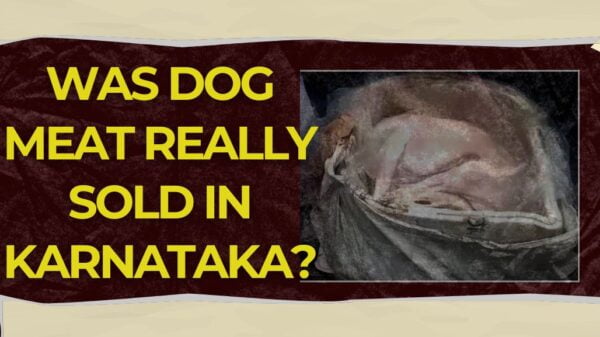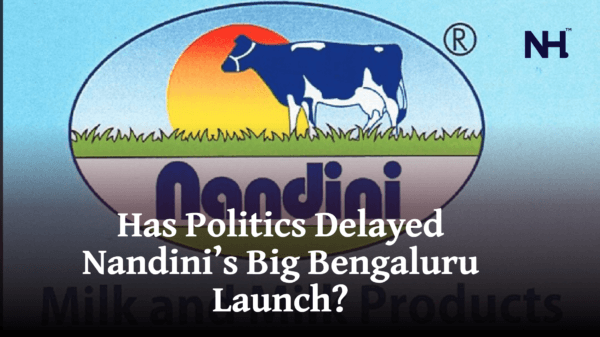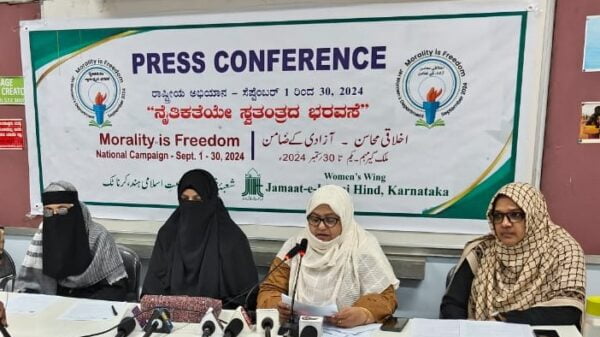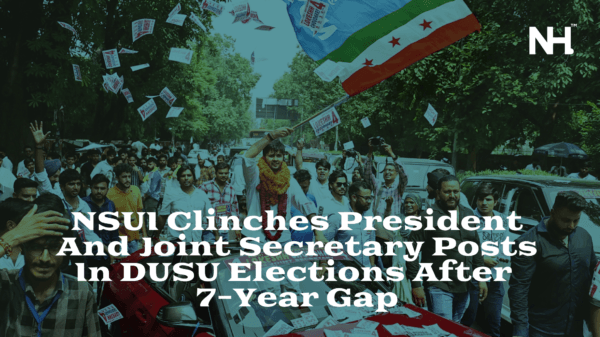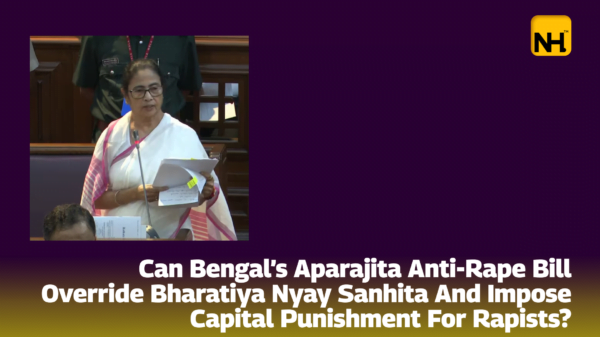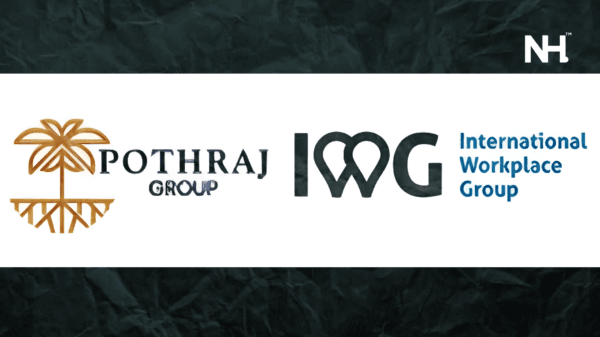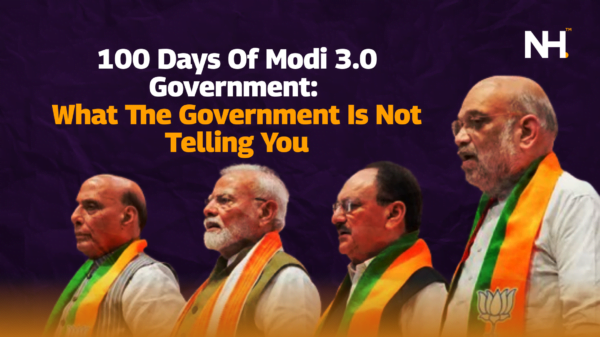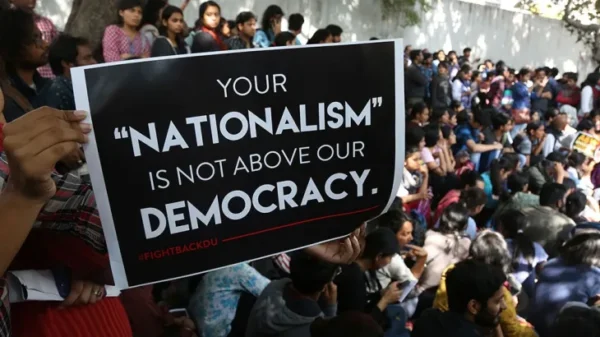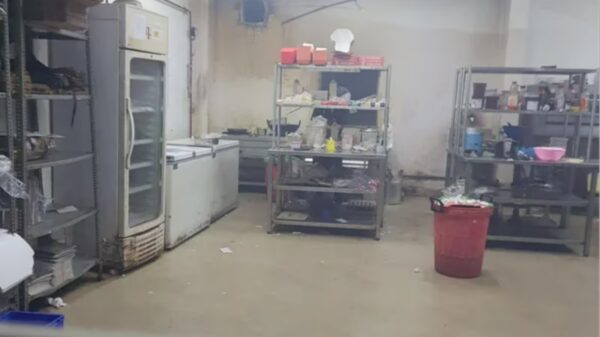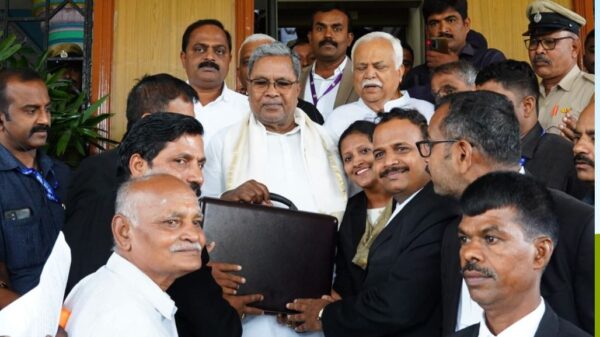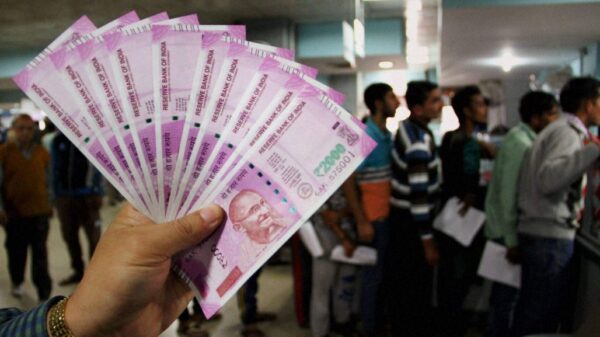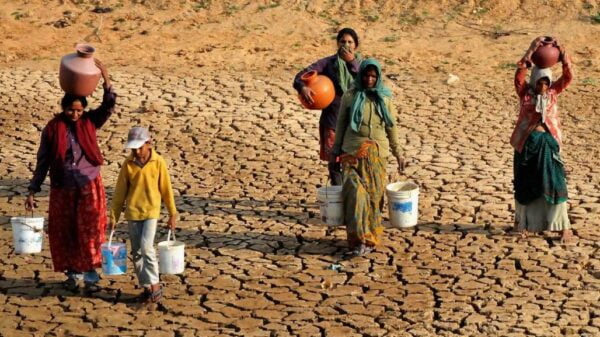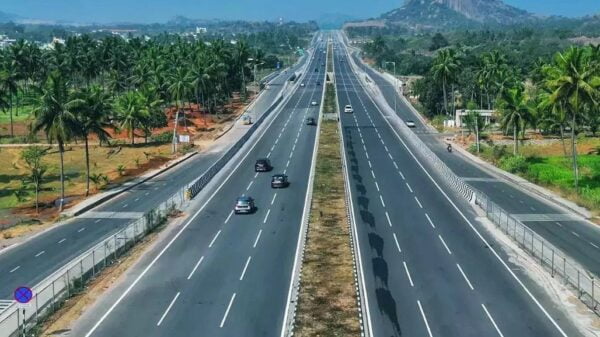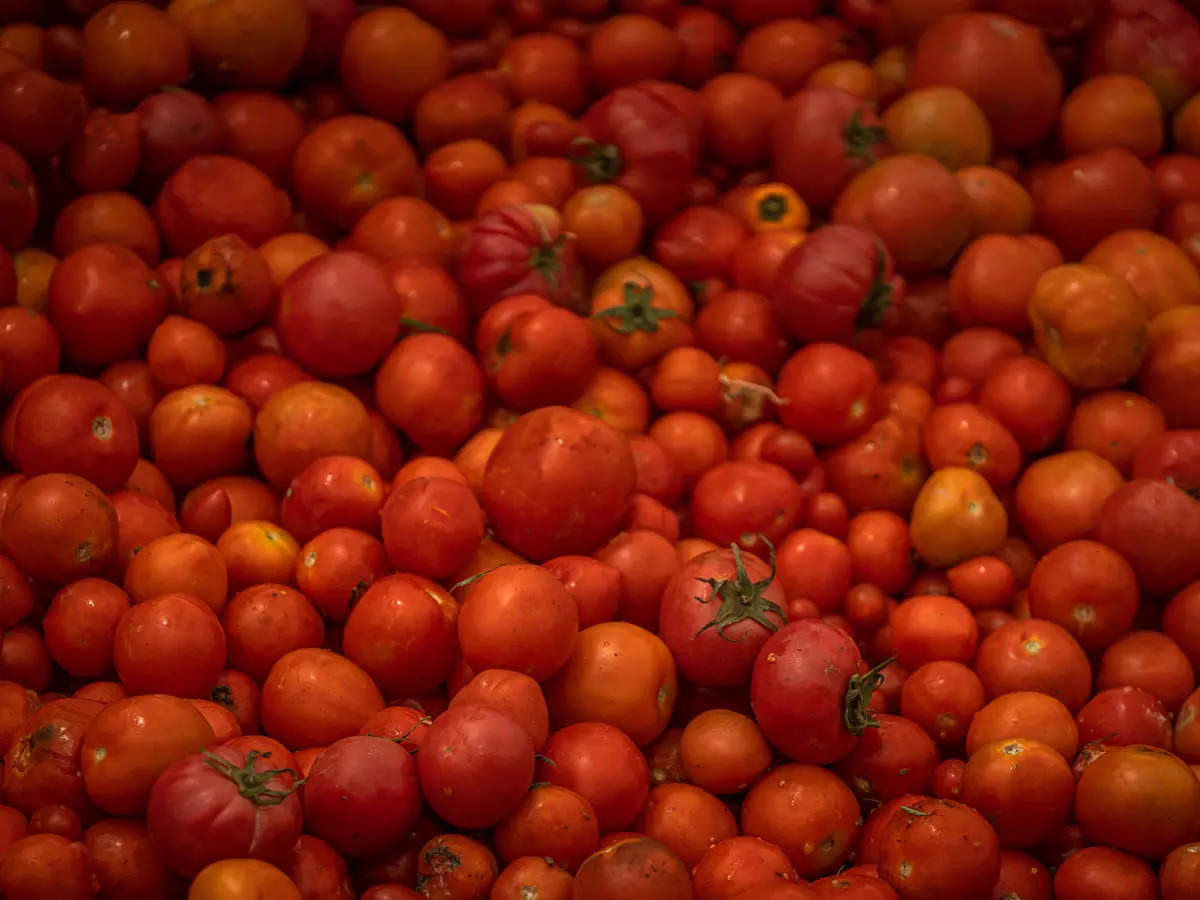Over the past few days, tomato prices have increased dramatically in numerous areas, with the necessary produce now costing at least Rs 100 in retail marketplaces. According to dealers, tomato prices have abruptly increased because the supply has been disrupted by erratic weather. Due to the supply shortage, prices have increased dramatically from Rs 20 to 30 per kg to Rs 80 to 120 per kg, depending on the variety.
Why have the prices risen?
It is possible to trace the origin of the current high prices to their abrupt decline in April and May, which prompted many growers to give up on their harvests. In addition to the extreme temperatures in March and April, pest attacks harmed yield.
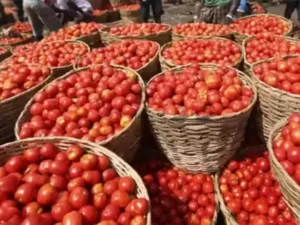
Image Source: The Economic Times
India produces two significant tomato crops. The rabi crop, primarily farmed in the Maharashtra taluka of Junnar and in small amounts in Karnataka and Andhra Pradesh, is sold between March and August. After August, the Kharif harvest from Uttar Pradesh, Nashik in Maharashtra, and other parts of the nation supply the market.
On average, 8–9 lakh hectares of farmland are used for the Kharif crop and about 5 lakh hectares are used for rabi tomatoes.
So What Happened To The Prices Of Tomatoes This Year?
In raised beds, 3- to 4-inch-tall saplings are transplanted in February or March. The second batch feeds the market until August, while the first batch maintains supply until April. After 45 days of plucking, the crop is ready to be harvested after three months.
In order to have crops that are available for the market by August, farmers typically rotate their holdings—the rabi crop yields better profits for farmers. The cost of producing a rabi tomato is approximately Rs 12/kg, compared to a kharif tomato’s cost of Rs 10/kg, according to Deepak Bhise, head of the Junnar Tomato Growers’ Association in Maharashtra. He said, “A higher incidence of pest attacks during the summer requires more control, and thus the cost of production is nominally higher.”
However, this year’s March–April was shocking for farmers. The average price in the Narayangaon wholesale market in the Junnar taluka of the Pune district was Rs 5-10/kg in March and Rs 5-15/kg in April. Farmers were compelled to sell for Rs 2.50 to Rs 5 per kg in May.

Image Source: Times of India
Ajit Korde from Mirewadi village in Phaltan taluka of Satara district stated that many farmers abandoned their crops due to the price collapse. He said, “Farmers who had standing crops abandoned them, and those who were planning to plant a second crop in March did not do so. The present price rise is the result of this double whammy.”
Korde grows cane on 40 of his 60 acres and tomato on 5 acres. However, this year, he reduced his tomato holding to just 1.5 acres in March. Furthermore, Bhise, who usually grows tomatoes on 3 of his 5 acres, did not give a single acre to the vegetable this year.
He added, “Junnar taluka normally reports around 3,000-5,000 acres of rabi tomato. This year, it is not even 1,000 acres.”
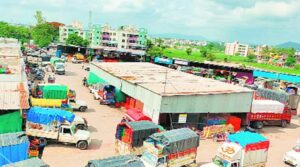
Image Source: The Indian Express
In March-April and the beginning of May, prices collapsed because most of the crop coming to the market was of inferior quality, and farmers resorted to panic selling. “In South India, which saw excessive heat, the crop was devastated by the leaf curl virus. In Maharashtra, the absence of winter and excessive heat in March-April saw attacks of the cucumber virus,” Korde said. Faced with uncertainty about prices and supplies, farmers sold whatever crop they had, causing a glut.
Will The Prices Cool?
Farmers rule out the possibility of a price decline soon.
On average, 24,000–25,000 tomato crates (each holding 20 kg) arrive at the Narayangaon wholesale market each day, less than half the 40,000–45,000 crates anticipated at this time of year. The next crop will be the Kharif tomato — the transplanting of which has just started after the monsoon was reactivated. “It will be only post August that arrivals will improve and retail prices can see any correction,” Korde said.
Also Read: Lemons At ₹ 300 A KG: Inflated Prices Leave A Sour Taste For Customers And Traders Alike











